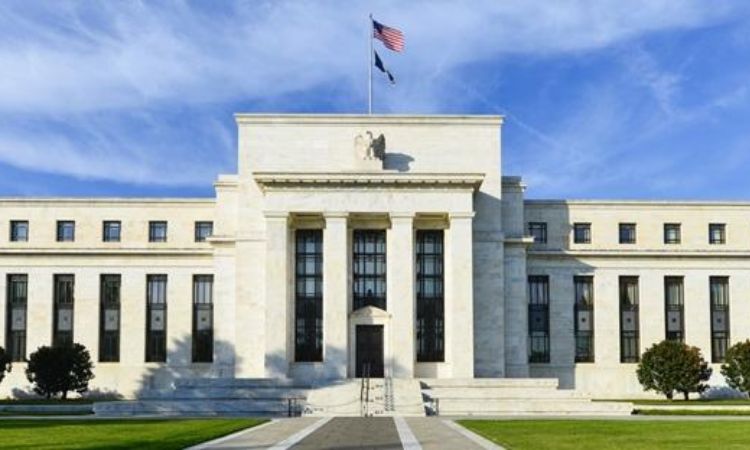The US Fed will soon begin offering a long-awaited service that aims to update the nation’s financial infrastructure by eventually enabling regular Americans to send and receive money in seconds, around the clock, seven days a week.

The “FedNow” service, which has been in development since 2019, aims to do away with the multiple-day delay that frequently occurs when cash transfers are made, bringing the United States in line with other nations like the United Kingdom, India, Brazil, and the European Union, where similar services have long been available.
Including community banks and major lenders like JPMorgan Chase, Bank of New York Mellon, and US Bancorp, FedNow is debuting with 41 banks and 15 service providers certified to use the program. However, the Fed hopes to add more banks and credit unions this year.
Initially opposed by big banks, who claimed it was redundant, the service will compete with private sector real-time payments solutions, such as The Clearing House’s RTP network. But many have now decided to take part since FedNow will enable companies to increase the range of services they can provide to customers.
Anu Somani, head of global payables and embedded payments at U.S. Bank, stated that FedNow “really is a wonderful way for us to expand reach.”
FedNow allows for direct bank-to-bank settlement of payments, in contrast to peer-to-peer payment platforms like Venmo and PayPal which serve as middlemen between banks.
FedWire is a real-time payments system that the Fed also runs, but it is only used for large-scale, primarily corporate payments, and it is only available during business hours. Despite being available to anyone, researchers predict that consumers and small companies will gain the most from the new FedNow system.
Carl Slabicki, worldwide co-head of payments for BNY Mellon’s Treasury Services, said, “We want to make these capabilities available to our clients and make that a competitive edge for us.”
Smaller banks, which frequently use larger lenders to connect to FedWire, lobbied the Fed to create FedNow, claiming that it would give them access to real-time payments without requiring them to pay larger rivals for the service.
FedNow won’t cost customers anything, but it’s not obvious if or how the participating banks would pass on any costs.
A fear that was heightened following the bankruptcy of Silicon Valley Bank earlier this year has been expressed by some market participants that FedNow could speed up a potential bank run by facilitating quick disbursements from financial institutions.
Officials from the Fed, however, have played down those worries, saying that banks have the resources they need to stem a wave of outflows.
FedNow will initially have a $500,000 maximum payment limit, but banks may decide to reduce that level if necessary.















